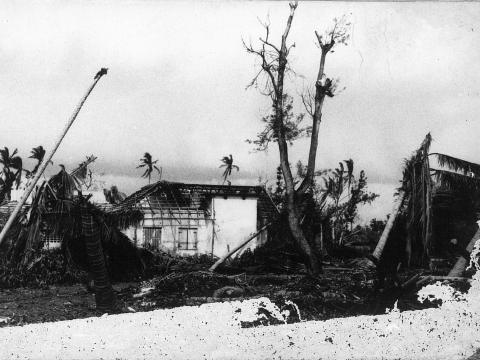
1978
World Vision commences its first relief response in Sri Lanka responding to those affected by a cyclone in the Eastern Province, providing them with clothing and dry rations.
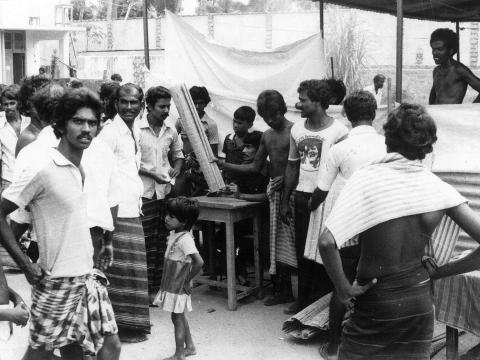
1983
Victims of the communal riots sheltered at Saraswathi Hall, St. Peter’s College, Colombo and the Air Force camp, are assisted with sleeping mats.
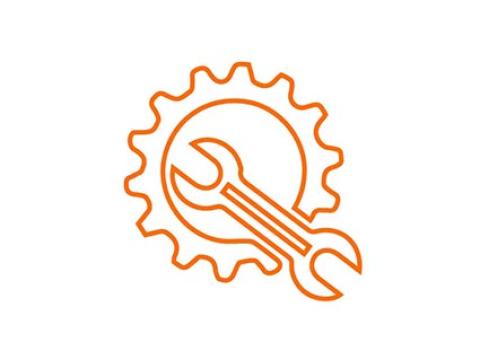
1983
One hundred families who are victims in communal riots, are supported with income generation activities to help them resettle in the Vanni.
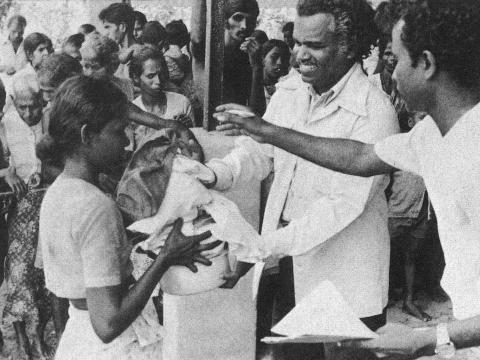
1984
75 plantation worker families in Hatton who are victims of communal riots receive dry rations.
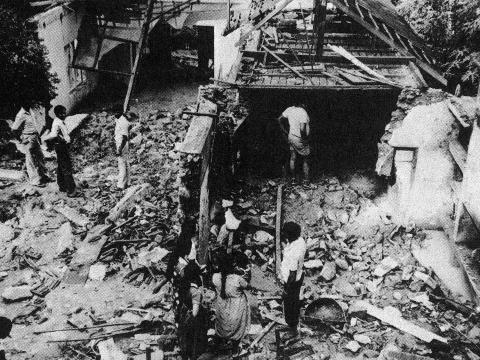
1984
World Vision provides dry rations, kitchen utensils and clothing to families in the Iddagoda, Ramiya, Maddegedera, Bopitiya and Wettewa areas in the Kalutara District who were affected by a landslide.
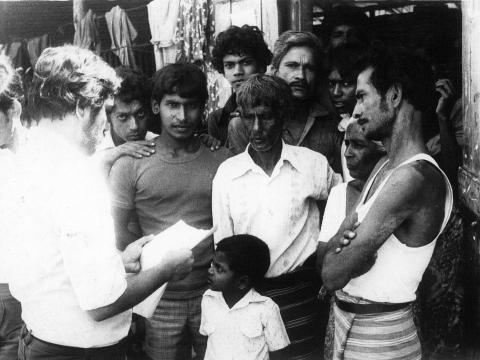
1985
World Vision and Sri Lanka Army respond to over 100 families who are displaced by the war and the Kent and Dollar Farm massacre in Mullaitivu.
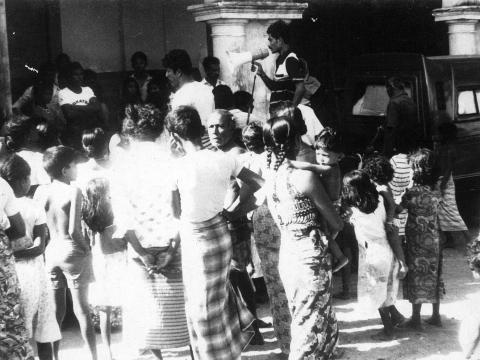
1985
Relief is provided to fisher families of Nayaru and Kokilai, displaced due to war and sheltered in Pitipana, Negombo.
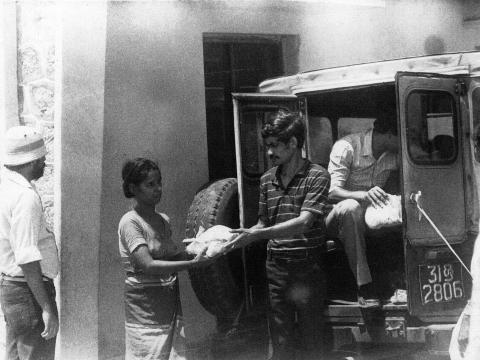
1985
A relief support of LKR 20,000 is given to communal riot victims of Akkaraipattu. National Director tells the response team carrying relief goods - “this is a risky journey, choose your journey’s route cautiously.”
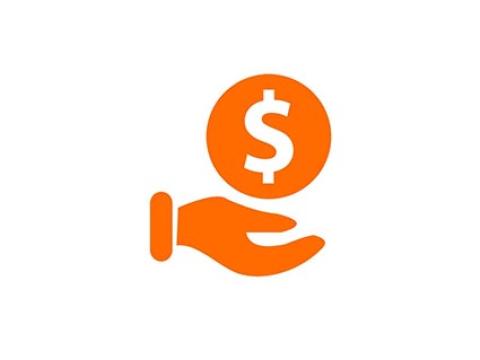
1989
Kithuluthuwa village in the Polonnaruwa District is selected for a special project that includes disaster relief, village development and revolving loan activities, after a massacre takes the lives of 127 civilians.
A community hall is built and a pre-school is also established in Kithuluthuwa.
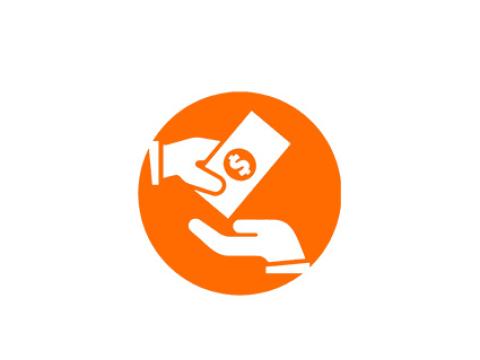
1989
With the JVP insurgency, the banks close and World Vision faces the challenge of transferring funds for the sponsorship programmes. Each Project Officer carries very large sums of cash to the community.
Goods planned for various development activities are purchased at local shops and copies of the receipts are provided to the community so that they can obtain the goods, be it material for construction, school supplies for the children or other necessary items.
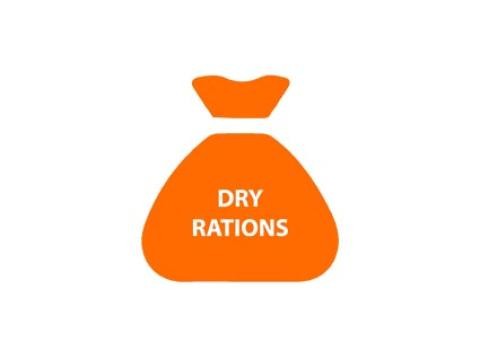
1990
Dry rations are distributed to communities in border villages in Medirigiriya, Polonnaruwa and the East, affected by the war. World Vision along with YMCA launches a relief programme for the displaced families due to ethnic clashes.
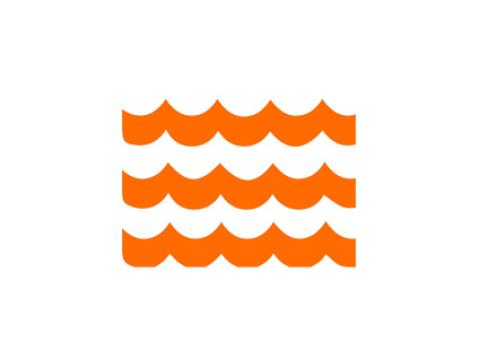
1993
Flood relief response is launched at Alapatha, Ratnapura.

1996
Dry rations are provided to 320 families affected by the drought and sheltered in four temples in Andarawewa, Mahaara, Weliara, Baddewewa villages in the Hambantota District.
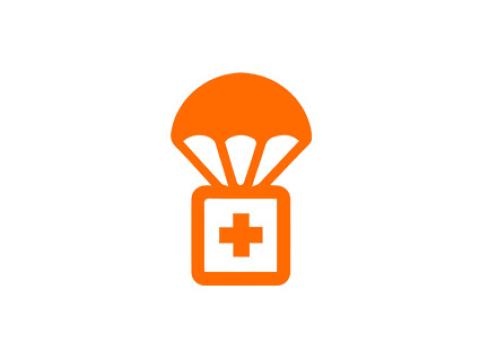
1996
World Vision begins discussions with the government to evaluate the possibility of relief work in Mannar as the community is affected by war. Mannar is accessible only by boat at this time as there is no road access.
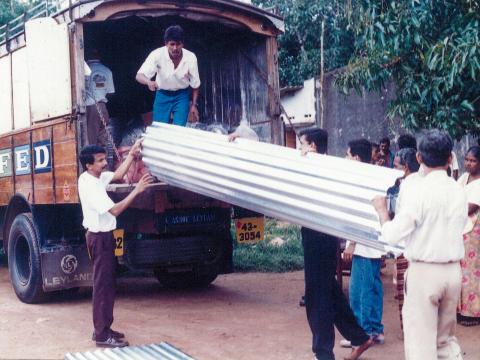
1997
Roofing sheets and dry rations are distributed to families who are affected by war in Kebithigollewa, in collaboration with the Buddhist monks of the area.
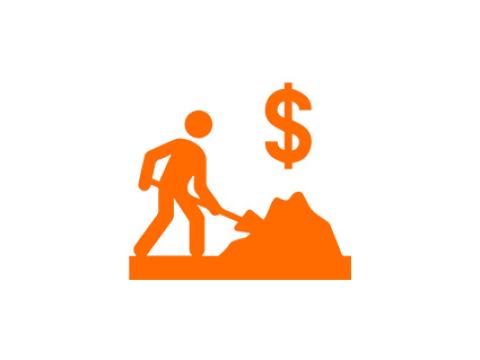
2000
The LTTE makes a request to World Vision through the Government Agent to work for the poor community in Madu (Mannar District) which is under their control.
With permission from the government, World Vision begins Madu and Manthai West Rehabilitation Programme. The Programme focuses on education, health and nutrition, housing and Food For Work.
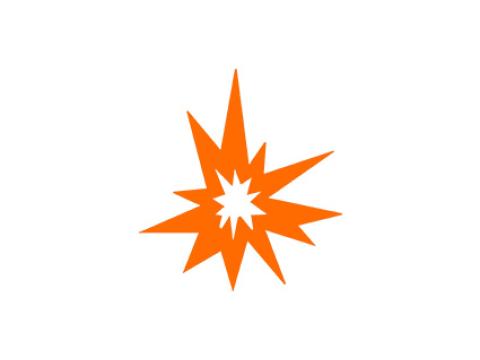
2000
The Madu church comes under a shell attack and 17 civillians are killed. Rt. Rev. Rayappu Joseph, Bishop of Mannar requests World Vision’s support to transport the dead to Mannar Hospital for postmortem. Any dead during a crossfire had to be brought to a hospital for the government to certify them as civilians and not terrorists.
With permission from the military, World Vision travels to Madu with the Government Agent and the Bishop. On their way back with the dead they are caught in a crossfire and shell attacks between the military and the LTTE. However they manage to escape without harm.
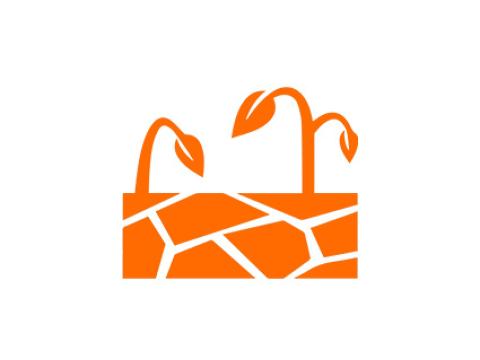
2001
World Vision responds to the drought in the Moneragala District by providing 6,535 families with emergency food supplies.
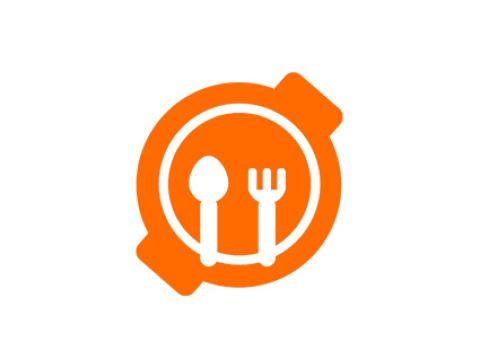
2003
With access and safety improved with the peace talks, World Vision commences a special supplementary feeding programme for preschool children in Kilinochchi with funding from Taiwan. The Project also begins to operate a mobile clinic catering to the health needs of the community.
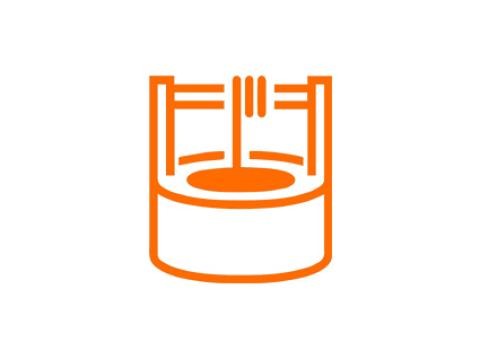
2003
World Vision’s flood response supports the cleaning and renovation of over 2,600 wells in flood-affected Ratnapura, Kalutara, Matara and Galle Districts through a special fund from the OFDA (Office of U.S. Foreign Disaster Assistance). A generator is donated to the Thawalama peripheral hospital.
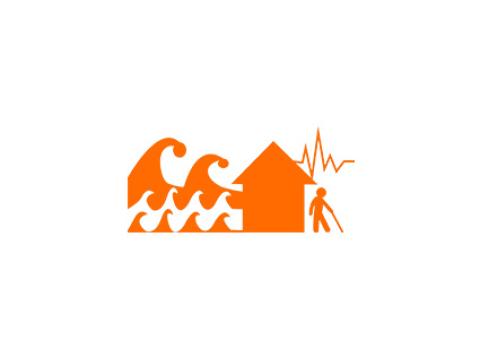
2004
The Tsunami strikes. World Vision loses 52 sponsored children in Pottuvil. Three of the staff also lose family members. World Vision enlists 500 volunteers for relief work.
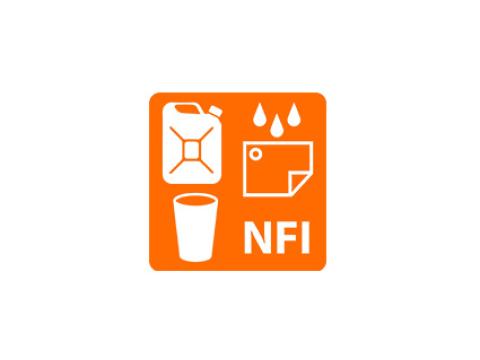
2004
The immediate response provides 120,700 persons with food and 665,000 with non-food relief items and 102 Child Friendly Spaces (CFSs) support the psychosocial needs of over 8,000 children.
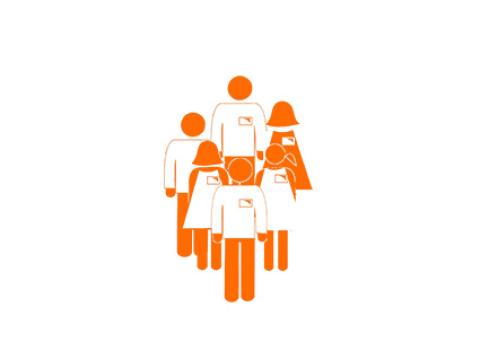
2005
The Global Rapid Response Team of World Vision is deployed to assist the tsunami response in the affected countries including Sri Lanka.
The Lanka Tsunami Response Team (LTRT) is established headed by Perry Mansfield. It is a programme with a five-year response and rebuilding plan for every affected District.
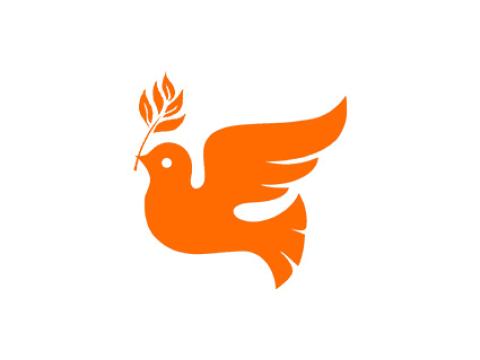
2005
Hostilities renew between the government and the LTTE in the East starting from Verugal and Eachchilampattu (Trincomalee District). People begin to flee the area and take refuge in Vaharai.
Over 7,000 families are trapped in Vaharai as the government troops begin surrounding the area.
The government requests the Peace Committee in Batticaloa to commence dialogue with the LTTE requesting the release of civilians from the conflict area.
The Peace Committee head invites Ramesh Kumar of World Vision to be a part of the delegation that meets the LTTE leaders in Vaharai because of his experience of working in conflict areas.
The delegation meets with the LTTE and they turn down the request to release civilians, saying if the government cared about the people they should send food and other essential items that they need and that the LTTE is ready for negotiations.
The delegation conveys the message to the government.
With government’s permission, the WFP, UN Agencies, World Vision, Caritas, Child Fund, Sarvodaya and other NGOs transport 50 lorries with food and non-food items to the civilians trapped in Vaharai.
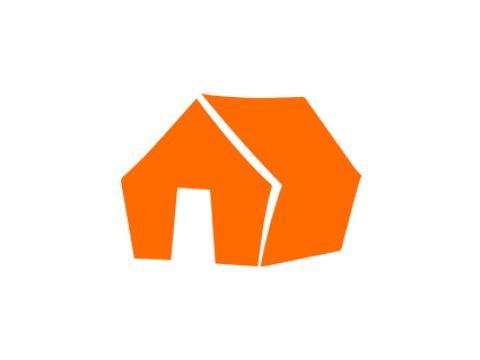
2006
The conflict escalates in the Eastern Province and there is a mass displacement of people. Communities in World Vision working areas of Vellaveli, Eravurpattu, Kiran and Paddipolai are also displaced.
World Vision responds to the displaced people providing them with clean water and food.
The government takes the entire Eastern Province under its control.
Batticaloa becomes a ‘tent city’ with camps accommodating the displaced people.
World Vision programmes in the East shift from development mode to relief mode and the operations now come under the Humanitarian and Emergency Affairs (HEA) Unit – the emergency response arm of World Vision. Sponsorship funding for development programmes is diverted and utilized for relief efforts.
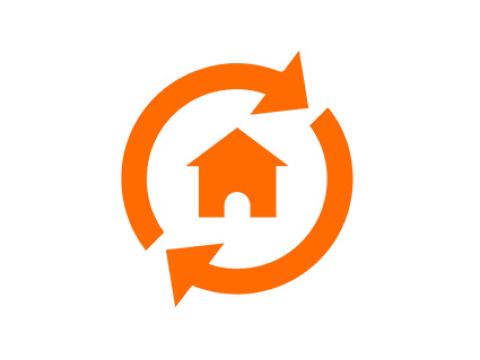
2007
May – Resettlement of displaced communities in the East commences.
The Vellaveli community is the first to return followed by Paddipolai. World Vision commences recovery work in Vellaveli but is not granted access to Paddipolai yet.
August – The Eravurpattu and Kiran communities also return and World Vision commences recovery work immediately.
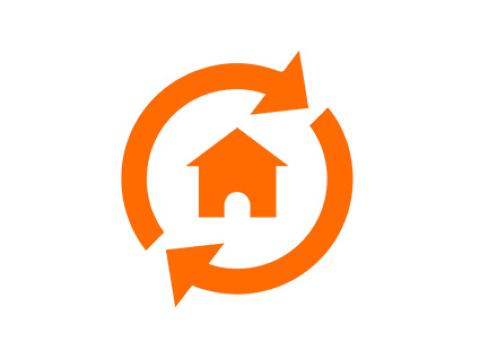
2007
The recovery work managed by the Humanitarian Emergency Affairs (HEA) team focuses on infrastructure, livelihoods, health and education.
The recovery programme will continue for one year before it transits to the usual development programme handled by the ADP staff.
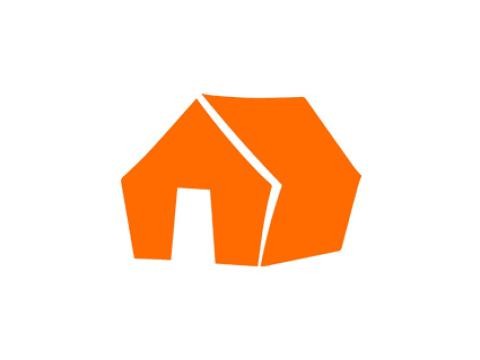
2008
8 September World Vision declares Sri Lankan humanitarian crisis as Category II (100,000 to 1 million people affected) emergency.
16 September - All INGOs including World Vision relocate all staff from Vanni to Vavuniya. However, 16 World Vision staff remain trapped in Vanni as the LTTE prevents residents from leaving the region.
18 October World Vision staff remaining in Vanni are assigned to the GA’s Office for relief work. They support with water bowsering, food distribution and building temporary shelter for the displaced people.
1 December – World Vision continues to send regular supplies of food and relief items to the Vanni through GA convoys. 20 MT are dispatched within the month.
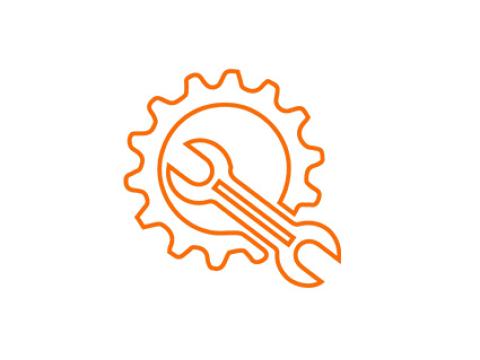
2008
Meanwhile World Vision commences its first ever Area Rehabilitation Programme (ARP) - Vaharai ARP - covering the Vaharai and Verugal Divisional Secrtariat Divisions (DSDs). The Programme brings together the government authorities, aid agencies and other stakeholders into a partnership in assisting the returnee community in recovery while ensuring accountability standards.
This newly developed model is specifically designed for communities that have been adversely affected by conflict and disaster. The ARP focuses mainly on rebuilding livelihoods, water resources, health and education. Once rehabilitation is completed, the programme would graduate to a long-term development programme.
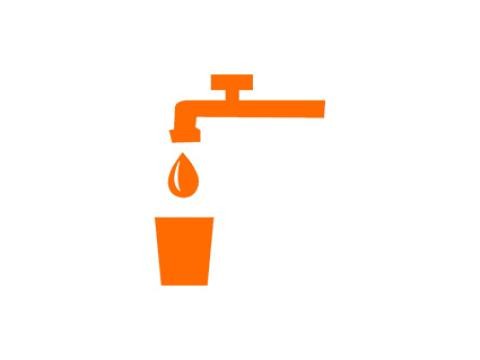
2009
President Mahinda Rajapakse announces the end of the war.
World Vision commences a major relief response for over 260,000 people displaced by the war, providing them with food and clean water in assigned camp locations. Special tents are put up in every campsite to accommodate nursing mothers.
Within the first five months, World Vision’s response include distribution of 12 million litres of water, 150,000 cooked meals, 95 metric tons of supplementary food items, daily supplementary feeding for 1,500 children, and pregnant and nursing mothers, baby packs for over 10,000 and Child Friendly Spaces for 3,500 children in the Manik Farm IDP camp.
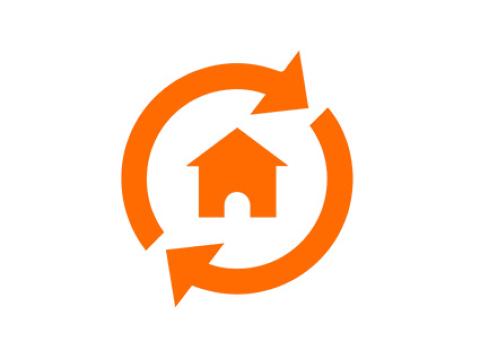
2009
The government begins resettlement of families displaced by the war.
A second Area Rehabilitation Programme is commenced in Jaffna, North, covering the Chavakachcheri and Chankanai Divisonal Secretariat Divisions. The Programme is funded by Korea, Australia, USA and Canada. The staff operate from the Tsunami Response Office in Jaffna.
The Bibile (Monaragala District) and Ganga Ihala Korale (Kandy District) ADPs commence with support from Korea and Japan respectively.
The Kotavehera ADP completes its long term programme and hands it over to the community for continuation.
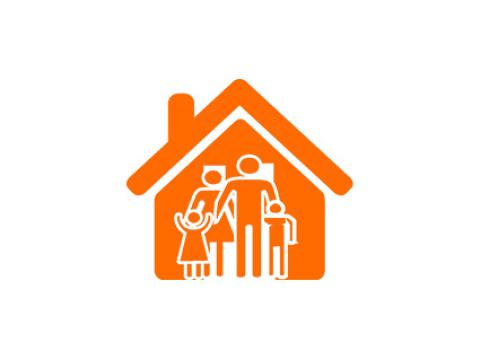
2010
World Vision is granted access to work in all areas in the North where the communities are returning to resettle.
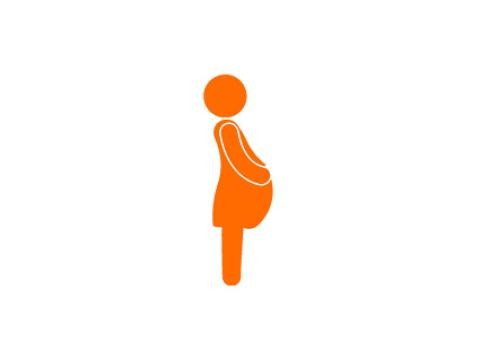
2010
World Vision also continues relief work in the displaced camps providing water and nutritional food for children under five and pregnant mothers.
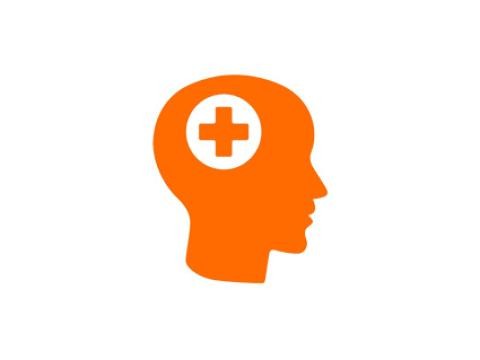
2010
World Vision commences a mental health programme - REMIND (Reconciliation through Mental Health In the Northern Districts) with a LKR 50 million funding from the DFAT (Department of Foreign Affairs and Trade – Australia). The project focuses on psychosocial support to the returnee communities and supports speedier emotional and social recovery.
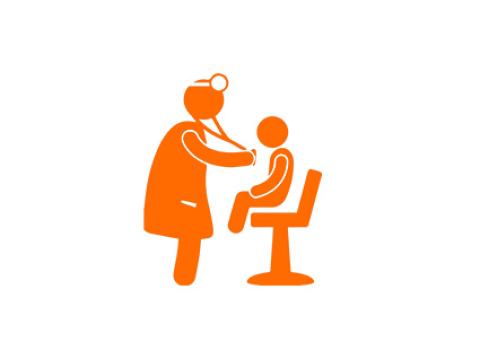
2010
World Vision completes its five-year Tsunami Response. By the end of the five years:
Over 63,000 people have received support for livelihood
2,036 homes are built and 1,204 repaired.
56 schools, 27 pre-schools 16 health clinics, 2 specialised chest clinics; 2 vocational training centres are constructed
More than 700 facilities are provided with medical equipment, supplies and medicine.
Supplementary feeding programmes have assisted more than 2,000 pregnant and lactating mothers and some 10,000 children under five years of age.
More than 3,500 toilets are built in homes and schools. 926 wells are dug and 293 bore holes drilled. National Water Supply and Drainage Board is supplied with water testing equipment and two water supply schemes renovated.
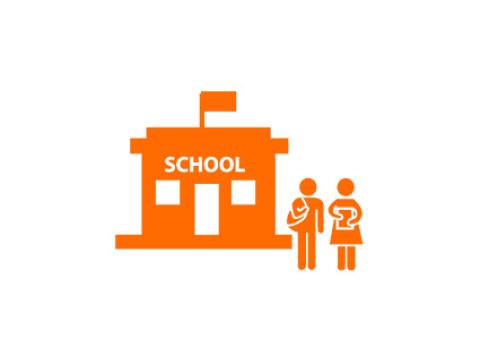
2013
The year sees an increase in grants. The European Union (EU) and the Japan International Cooperation Agency (JICA) support returnee communities in income generation activities; World Vision Korea supports rebuilding damaged schools and creating safe learning environment for returnee children.
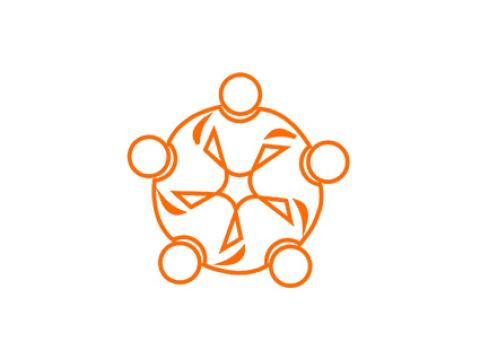
2013
John Keells Foundation partners with World Vision to support rebuilding efforts in the North through their Village Adoption Programme. Iranaipalai and Puthumathalan villages in the Mullaitivu District, are selected for the programme.
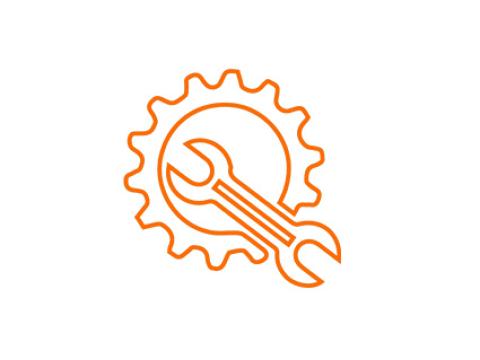
2016
New funding is received from the Australian NGO Cooperation Program (ANCP) and the EU, for livelihood projects in the Kurunegala and Badulla Districts and a housing project for the returnee communities. The EU also funds the continuation of the mental health project in the North.
World Vision responds to the Aranayake landslide disaster and serves the community for one year helping them in the recovery process.
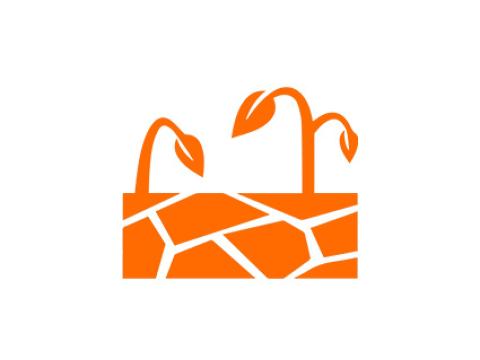
2017
World Vision responds to drought and floods affecting over one million people in several parts of the country.